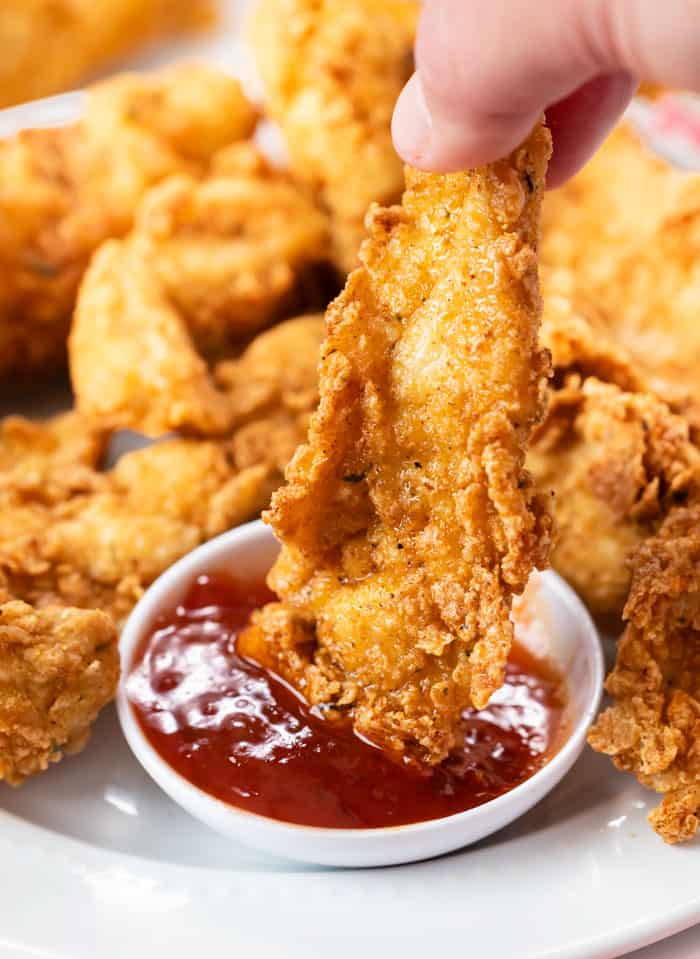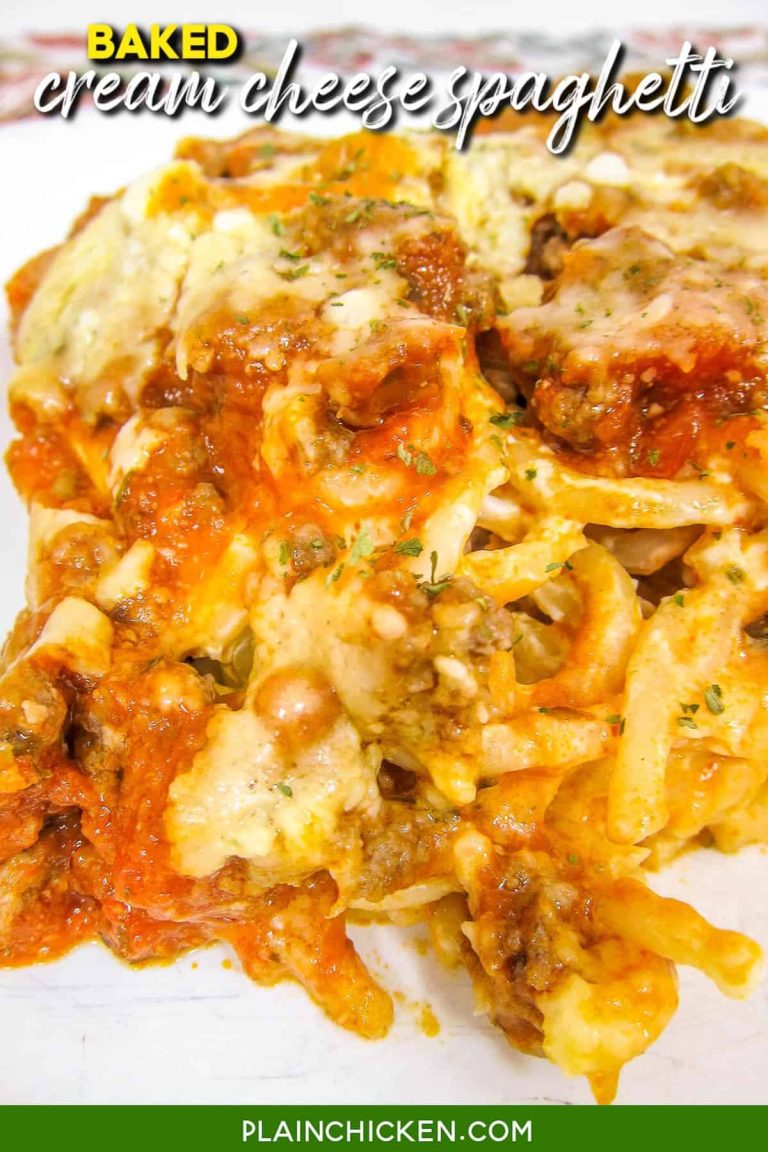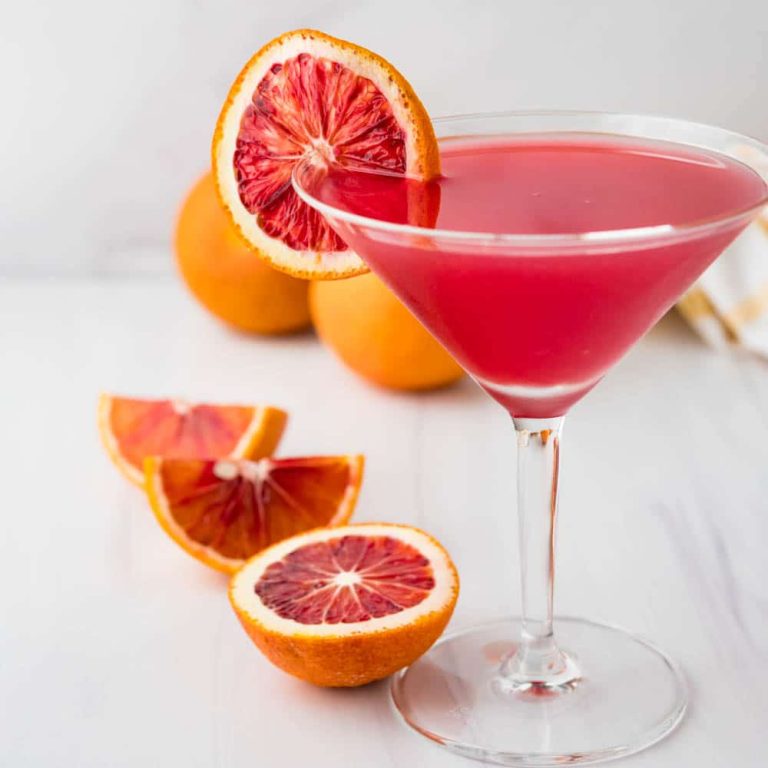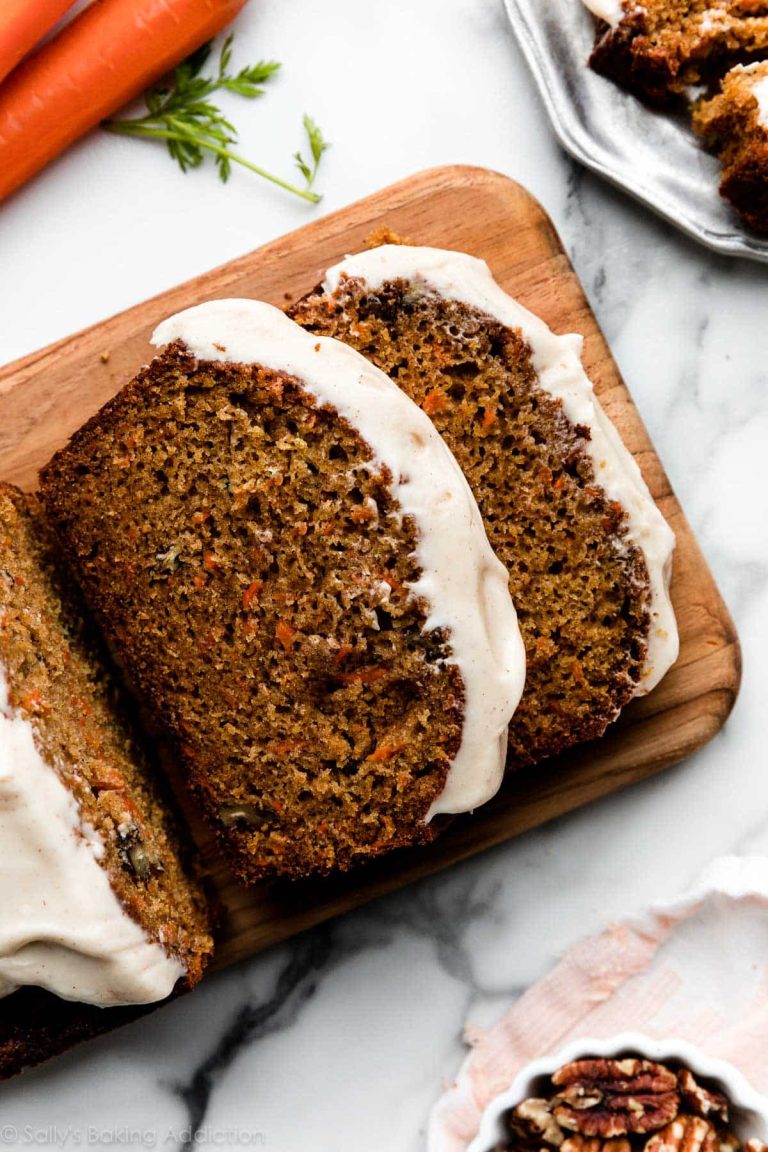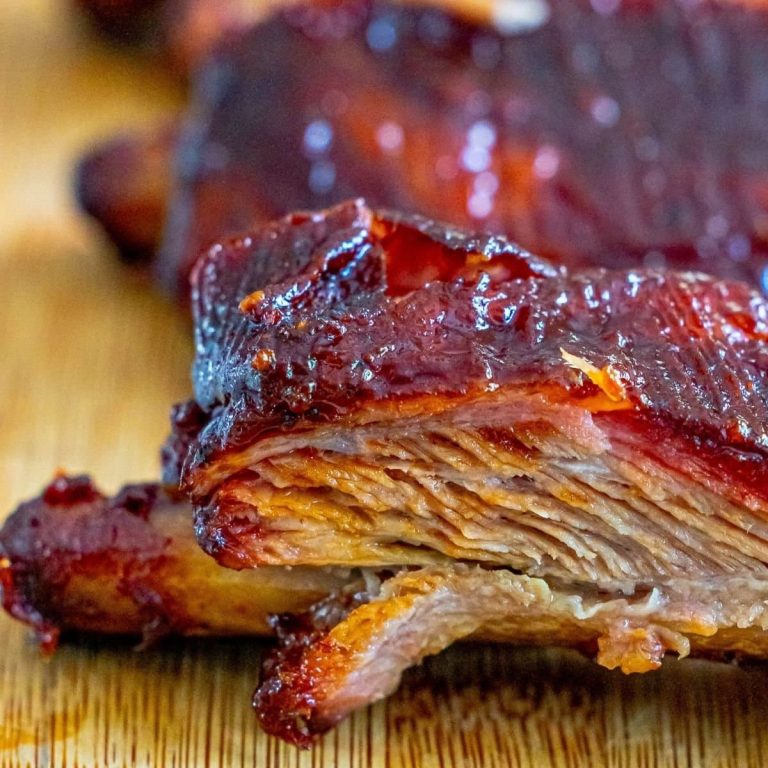Fried Chicken Tenders: Tips, Methods, and Serving Ideas
Fried chicken tenders enjoy widespread popularity across the globe. These crispy and juicy pieces of chicken appeal to people of all ages, making them a staple in many households and restaurants. According to a 2021 report by Statista, fried chicken remains one of the most ordered items in restaurants, with chicken tenders being a top choice.
A Universal Favorite
Fried chicken tenders offer a universally loved taste and texture. Their golden, crispy exterior combined with tender, flavorful meat inside provides an irresistible eating experience. You’ve likely noticed that they are often a go-to option in diverse dining scenarios, from fast food outlets to upscale eateries.
Versatile Menu Item
Chicken tenders suit multiple occasions and pair well with various side dishes. They fit into casual family dinners, children’s meals, party platters, and even gourmet appetizers. You can easily adapt them to different cuisines by changing the seasonings and dips. For instance, pairing with honey mustard or BBQ sauce can give them an added zest that complements their flavor profile.
Cultural Presence
Fried chicken tenders have cemented their place in popular culture. They frequently appear in movies, TV shows, and social media, often depicted as a comfort food. In the US, they are especially popular in the South, where they’re considered a beloved staple of Southern cuisine. Southern Living magazine highlights that chicken tenders are a staple in many Southern households.
Healthier Alternatives
While traditional fried chicken tenders are deep-fried, healthier versions are gaining traction. Air-frying and oven-baking methods reduce calorie intake while preserving the crunchiness and flavor. According to the American Heart Association, opting for these cooking methods can lead to a 60% reduction in fat content.
Kid-Friendly Appeal
Children love chicken tenders for their simple, hand-held format and mild taste. Many parents find them a reliable choice when dining out or preparing meals at home. The National Chicken Council notes that chicken tenders are among the most popular menu items for kids in the US, given their ease of eating and customizability.
The wide appeal and versatility of fried chicken tenders explain their popularity. Whether you’re dining at a fast-food joint or preparing a family meal at home, chicken tenders continue to be a beloved choice for many.
Essential Ingredients for Perfect Fried Chicken Tenders
Choosing the Right Cut
Chicken tenderloins make the best fried chicken tenders. These are thin strips of meat located under the breast, offering a tender texture. Chicken breasts can also be used if sliced into thin, even strips. Uniform thickness ensures even cooking and a consistent crispy exterior.
The Role of Marinades and Brines
Marinades enhance flavor and tenderness. A buttermilk marinade is popular; it promotes juiciness and imparts a slight tang. Combine buttermilk, salt, and spices for optimal results. Brining also helps retain moisture. A simple brine with water, salt, and sugar works well. Marinate or brine the tenders for at least 30 minutes; extended periods up to 24 hours yield better results.
The Coating: Techniques for a Crispy Texture
Flour, Batter, or Breadcrumbs?
Achieving a crispy texture for fried chicken tenders depends on the coating method. Flour, batter, and breadcrumbs each provide unique texture.
- Flour: Use all-purpose flour for a light, crisp finish. Season it with salt, pepper, paprika, and garlic powder. Dredge chicken in flour, shake off excess, and let it rest before frying.
- Batter: Mix flour, water, and egg or beer for a thick batter. Dip chicken pieces to coat evenly. This method gives a thicker, crunchier crust.
- Breadcrumbs: Choose between panko or traditional breadcrumbs. Panko offers a lighter, airy crunch, while traditional gives a denser texture. Coat chicken in flour, then dip in beaten egg, finishing with a breadcrumb layer.
Tips for Even Coating
Ensure an even coating on chicken tenders for consistent texture.
- Drying: Pat chicken tenders dry with paper towels to help flour or batter stick better.
- Layering: Use a three-step dredging process: flour, egg wash, then coating of choice. Layering gives a robust, uniform crust.
- Pressing: Gently press breadcrumbs or flour into chicken. This step ensures the coating adheres well.
- Resting: Let coated chicken rest for 10-15 minutes before frying. Resting helps the coating set, preventing it from falling off during cooking.
- Temperature Control: Fry at 350°F (175°C) for optimal crispiness. High heat locks moisture inside while creating a crunchy crust.
Using these techniques ensures your fried chicken tenders come out perfectly crispy every time.
Cooking Methods Compared
Deep Frying vs. Air Frying
Deep frying immerses chicken tenders completely in hot oil, ensuring a rich, crispy texture. This method cooks tenders quickly, usually within 3-5 minutes. However, it uses more oil, increasing calorie and fat content. Use oils like canola or peanut for higher smoke points.
Air frying uses circulated hot air to cook chicken tenders, producing a crispy exterior with less oil. This method reduces overall fat content and suits health-conscious individuals. Cooking times are slightly longer, about 10-15 minutes, but minimal oil is needed, usually a light spray. Both methods deliver crispiness, with air frying offering a healthier profile.
Oven Baking as an Alternative
Oven baking offers a healthier cooking method by using dry heat and minimal oil. Preheat the oven to 400°F, and bake chicken tenders on a parchment-lined baking sheet for 20-25 minutes, flipping halfway. Use a light coating of oil or cooking spray for browning.
This method provides even cooking and a crunchy exterior, though not as crisp as deep frying. It’s ideal for those seeking to reduce fat intake while still enjoying flavorful chicken tenders. Perfect for batch cooking, oven baking ensures juicy and tender meat with a golden-brown finish.
Serving Suggestions for Fried Chicken Tenders
Dipping Sauces and Pairings
Effective dipping sauces elevate fried chicken tenders. Classic choices include honey mustard, ranch, and barbecue sauce. For those seeking a zesty flavor, buffalo sauce or sriracha mayo will excite taste buds. Experiment with a garlic aioli for a rich, creamy option, or a simple lemon herb dip to add freshness.
Pair fried chicken tenders with crispy fries or onion rings for a casual meal. To add variety, serve alongside pickles, jalapeño slices, or coleslaw. Balancing flavors helps create a satisfying dining experience.
Side Dishes That Complement Chicken Tenders
Complement fried chicken tenders with an array of side dishes. Mashed potatoes, mac and cheese, and cornbread deliver comforting notes. For a lighter, refreshing balance, consider a mixed green salad, roasted vegetables, or a quinoa salad.
Create a well-rounded meal by pairing with a tangy coleslaw or a tangy bean salad. Seasoned broccoli or asparagus can provide a nutrition-packed counterpart, and grain-based sides like rice pilaf or couscous give varied textures and flavors.
Conclusion
Mastering the art of fried chicken tenders opens up a world of culinary possibilities. With the right techniques and a bit of practice, you can achieve that perfect crispy texture every time. Whether you prefer deep frying, air frying, or oven baking, each method offers its own unique advantages. Pair your tenders with delicious dipping sauces and side dishes to create a meal that’s sure to impress. So, roll up your sleeves and get ready to enjoy some mouth-watering fried chicken tenders that are sure to become a favorite in your household.
